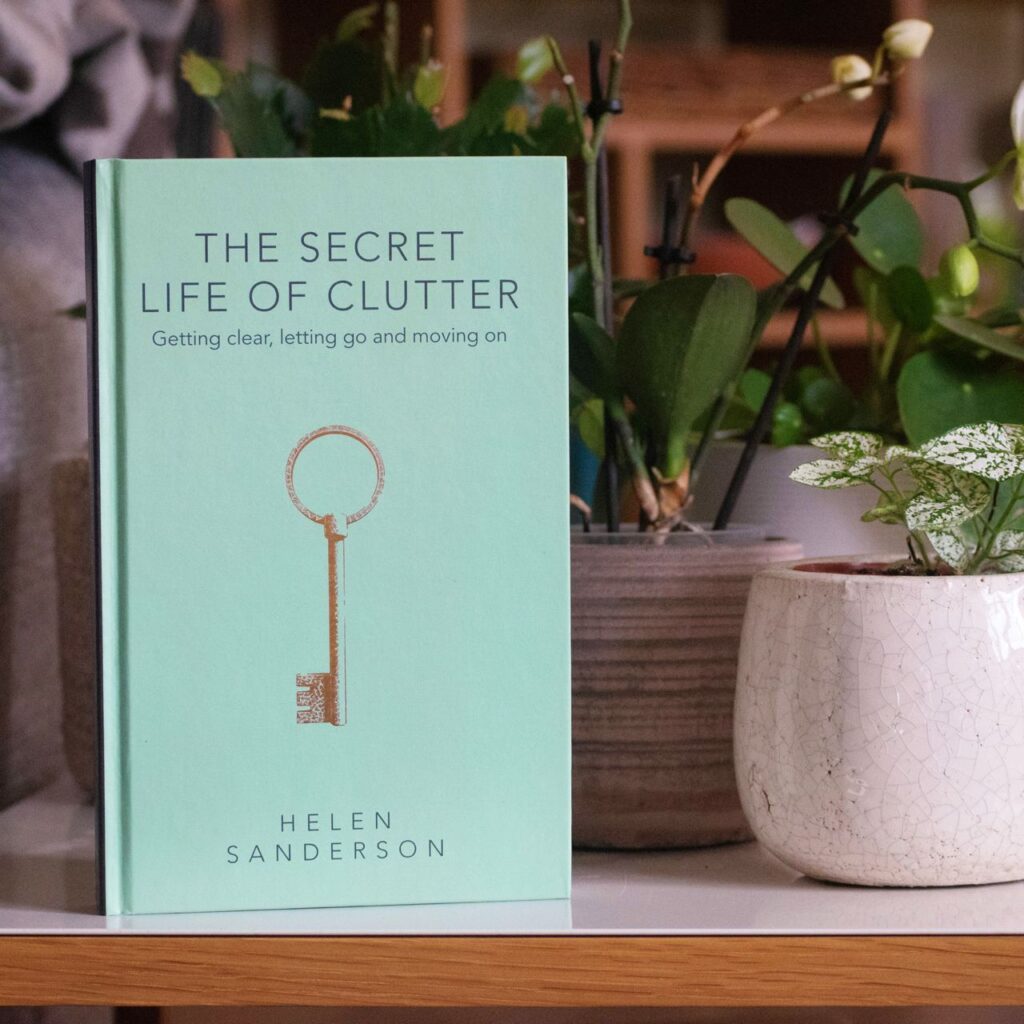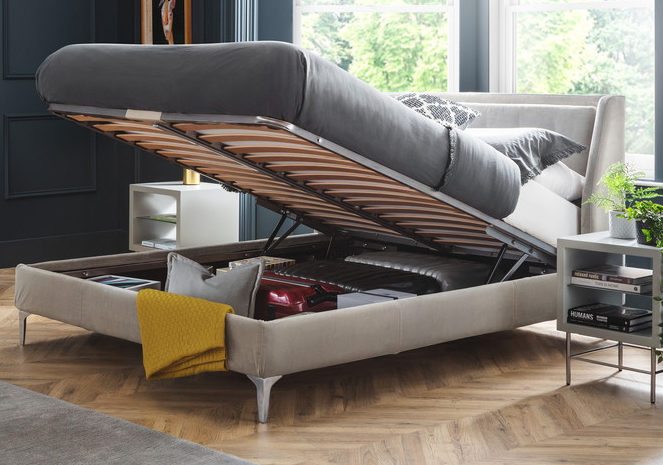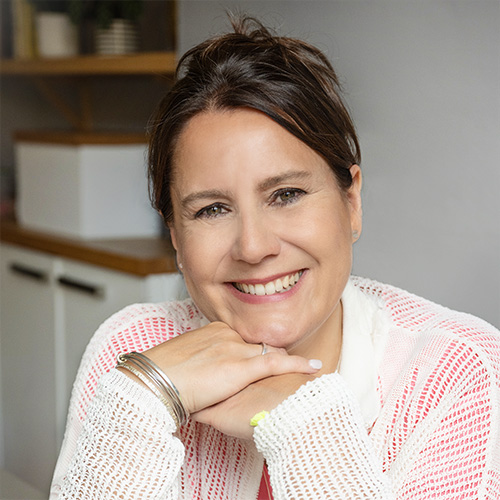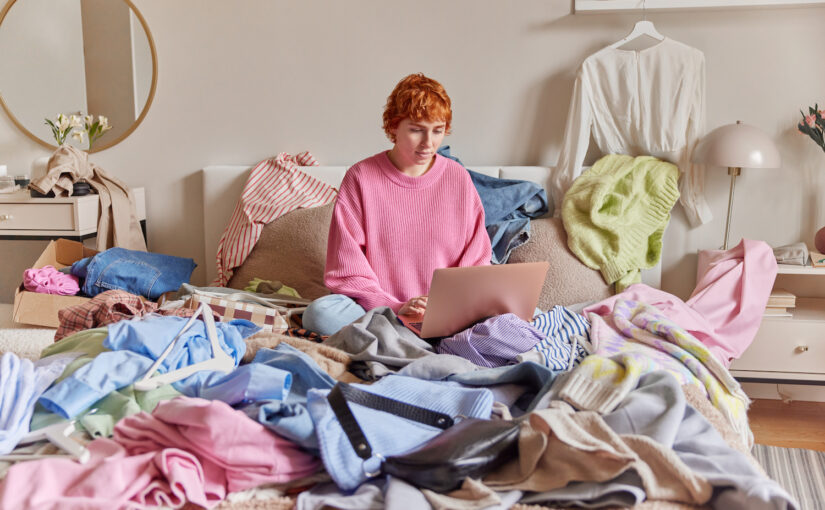With home working becoming more normalised, we are asking our homes to do more and more. Not only do we need spaces to eat, sleep, and relax, but also somewhere to work, study, and provide storage for our possessions.
All at a time when our homes are getting smaller. A recent Which? report revealed that the average home is 20% smaller than in the 1970s. And most of us have a lot more stuff than we did back then.
This means reducing clutter and making the most of the space we have are both more vital than ever. For most people, building an extension or moving to a larger home aren’t really options. Especially if you live in a flat or apartment in London or you’ve recently downsized. You either don’t have the space to make extra space, or you’ve lost a lot of the space you had, but none of what you owned.
However, one highly effective way to address both these two issues is not only by reducing how much stuff you own but by using multi-functional furniture. This is a great way to open up space. And it also will allow a room to multitask, as well as you.
You will be familiar with how effective bunk beds are for children’s bedrooms, extending tables for kitchen/dining rooms, and sofa beds for occasional guests. Fold-away home office furniture is very helpful for providing a place to work without taking up space when the working day is done. I am a fan of the fold-away bed that doubles as a desk and storage unit and can allow a room to act as a home office as well as a guest room. I have had clients who have given their kids a room and used this as their own bed solution.
Another big advantage is that by having one piece of furniture that does two jobs, like a storage bed or storage sofa, you can afford to invest in good quality that will look and work better, plus it will last much longer and be more comfortable.
If you don’t do it right, though, there are however some possible downsides. Here are some suggestions to help you avoid them.

5 ways to make the most of space-saving furniture and avoid problems
Here are five tips for decluttering and making the most of space-saving furniture to store more, stay tidy, and keep organised.
Beware of ‘Out of sight, out of mind’ syndrome
When you know the desk surface and everything on it is going to fold away out of view, it can be tempting not to bother keeping it tidy. So, start as you mean to continue and establish a habit: ‘Before I fold it away, I will spend 1 minute decluttering the desk.’ Keep it up, and this small action will make a big difference.
Replace what you have rather than simply adding another large item of furniture
If you decide to invest in a desk-bed, make sure you arrange to remove the old bed and desk or any other redundant furniture a few days before it is installed. The ‘one-in, one-out’ principle, in this case, is ‘one in, two out.’

Start with a decluttering and space-saving vision
I am a great believer in using some of our amazing tech e.g., Pinterest, to build your vision and support your subconscious. So, creating a mental representation of how your ideal space could be will give your subconscious mind tools to support you. What might your perfect room look like?
What materials, colours, and forms delight and inspire you? Not a Pinterest user? You can collect and flip through some interior design magazines or catalogues and cut out the things you like. If you are not a visual person, just imagine the space and write a description, or sit down with your partner or a friend and talk about what you’d like.
Review and revise your habits
The spaces we live in and the furniture is shaped and are shaped by our behaviour.
Changing the furniture in your home is a great opportunity to step back and re-evaluate your habits. Before you make any big decisions about furniture or the layout of your space, just observe yourself for a day as you go about your typical activities and notice some of the patterns you have. Where could you change? What might help you be more effective or make your routine more enjoyable?
Talk to your family about what they need from the space in terms of social, practical, and functional aspects. What things serve you and which don’t? How could you combine certain activities?

Plan to make the best use of the space and the furniture
Armed with the review of your habits and your vision and needs, take time to carefully consider and maximise the space you have and where new pieces can be housed. Consider where it will best fit in your home and room, and think what else you need to optimise the space.
Along with new furniture, this might include lamps, box files, trays, and other types of containers. What could help support the new habits you want to build? If you don’t feel confident doing this yourself, many furniture suppliers offer design advice.
Declutter before space-saving furniture arrives
Changing your furniture and your room presents you with a great opportunity to declutter. Instead of transplanting all your old clutter into the new space, clear the decks and make a fresh start. So, a couple of weeks before your new furniture arrives, set aside some time to sort through everything in the room. My Home Declutter Kit will give you a methodology to help you tackle this in a structured and efficient way to get the results you need.

Furl also posted a really handy blog on how to organise your storage bed that’s worth reading!
Well-designed and well-made space-saving furniture not only makes better use of space but also presents you with a wonderful opportunity to create a home that truly supports you and the life you want to lead.
But must be done right, so always work with a good supplier and do the thinking and preparation to get the best results. Remember, over the years, you are going to spend a lot of time in that room and using that furniture, so make the investment in time, thought, and quality that will help you create the home you need and deserve.
What if …
If you would love to redesign your home but can’t get going because you know you need to declutter and are paralysed at the prospect, take a look at my book, The Secret Life of Clutter. It is packed with insights into what might be standing in your way that can help you get started!
Helen Sanderson
Over the last 15 years, Helen Sanderson Decluttering has helped hundreds of people like you to create clear, beautifully-designed, well-organised homes.
Helen Sanderson is a psychotherapist, interior designer, and one of the UK’s most well-respected clutter experts, appearing regularly on TV, radio, and podcasts. Her book, The Secret Life of Clutter, has been described as ‘a love letter to clarity’.
Helen helps people create beautifully organised, clutter-free homes and live more mindful and meaningful lives. She works with her clients holistically to uncover what their homes reveal about their psyches and what is blocking them from letting go and moving on.
Her ethos is to work with compassion and to empower people to take positive action to support change. This leads to life-changing shifts, which leave people with a new-found clarity and homes they love, that love them back.

Transforming spaces, transforming lives
I provide the ultimate holistic decluttering service. My work is about so much more than tidying up or getting rid of stuff. Our spaces and mindsets are closely linked, so I’ll help you with both. Without addressing both aspects, many people find the clutter comes back, or emotional baggage won’t shift.
Does your home support your development or hold you back? Most people understand that emotional baggage can stop them from growing. Well, the physical clutter that we surround ourselves with also gets in the way of us living the life we want.

